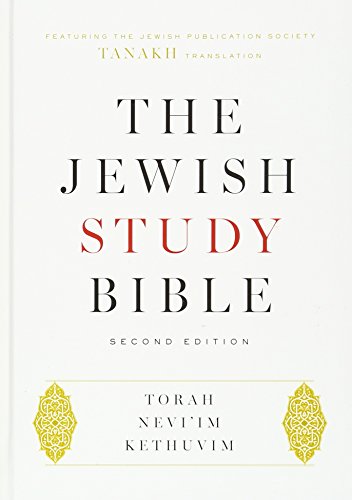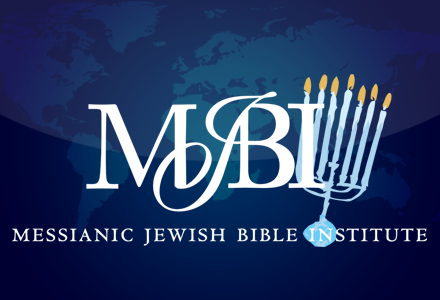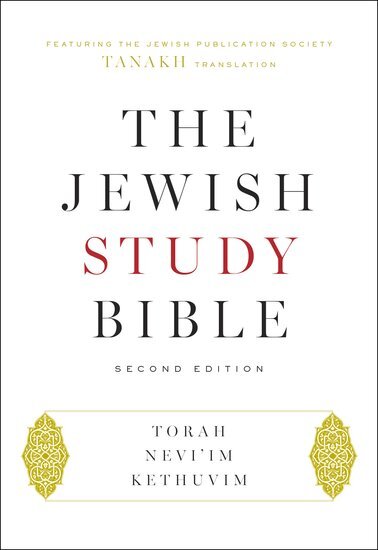
The title character of the Book of Joshua is the son of Nun (Yehoshua Bin Nun), who figures heavily in the Torah as the protégé of Moses. Ultimately, it is the process of study, with its emphasis on questions and dialogue, which distinguishes talmud Torah from other forms of study.“Every place that the sole of your foot will tread upon I have given to you, as I promised to Moses…Only be strong and very courageous, being careful to act in accordance with all the law that my servant Moses commanded you do not turn from it to the right hand or to the left so that you may be successful wherever you go” (Joshua 1:3-7)īy following God’s will the people will receive all the blessings of the land. One might then ask broader questions about the meaning of the text and about its relation to other texts: What are the hidden meanings of the text? Why does the text speak as it does? How do we relate to the text? In what ways does the text reflect or conflict with our own beliefs and values? What about the text do we find problematic or challenging? How does this text compare with other Jewish texts, or with the contemporary practice of Judaism?Īsking these types of questions may rarely lead to a definitive resolution, but will certainly contribute to a deeper understanding of the texts at hand and of one’s companions in study. In approaching a text, one may first try to understand the plain meaning, or the p’shat, of the text: What is the text trying to say in its original context? What do the individual words mean? Why are certain words and phrases used rather than others? While it is certainly possible to study on one’s own, studying with a partner or in a group facilitates this questioning process.

Regardless of what one chooses to study, the emphasis on questioning and dialogue marks the process of talmud torah or sacred Jewish learning. Today, as the boundaries of Jewish knowledge have expanded, and as both women and men have gained greater access to the areas previously assigned to the other, the parameters of Torah study have expanded to include the study of all types of classical texts, as well as the study of philosophy, literature and other non-legal works. The study of Bible and midrash was, for many centuries, viewed as the domain of women, and not the province of the exclusively male yeshiva. The placement of Talmud and law codes at the center of the curriculum of the traditional yeshiva (study institution) reflects an emphasis on halakha - Jewish law - as the core of Jewish knowledge. A person who walks into a traditional beit midrash is struck immediately by the noise level - havrutot (plural of havruta) read the text aloud and often argue at some volume, pushing one another to come to a better understanding of the text at hand. Jews often study in havruta - in pairs - with each member of the havruta challenging and asking questions of the other. The traditional mode of Jewish study maintains an emphasis on dialogue and disagreement.

Later commentators, in turn, expand on and challenge the Tosafot. In the course of their discussions, they often expand on and/or challenge Rashi’s explanations. While Rashi is primarily interested in explaining the text at hand, the Tosafot attempt to reconcile disparate sections of Talmud.
Jewish bible study code#
Generally, the focus text - which may be Talmud, Bible, midrash, or a law code - stands at the center of the page and is surrounded by two or more levels of commentary: one or more commentaries on the text, and sometimes a later commentary on those commentaries.Ī page of Babylonian Talmud, for instance, includes the commentary of Rashi (Rabbi Shlomo ben Yitzchak), an eleventh-century rabbi and the pre-eminent talmudic commentator, and of his grandchildren, collectively known as the Ba'alei Tosafot, or colloquially, Tosafot ("Additions").

This dialogical mode of study is exemplified by the standard page layout of many classical texts. Jewish study focuses not on simple absorption of material, but on a dialogue among students and between students and text. The Talmud even records specific prayers for entering and leaving a beit midrash. Torah study may begin with the recitation of a prayer thanking God for “commanding us to occupy ourselves with the words of Torah” and another asking God to enable us and our descendants to enjoy knowledge of God through the study of Torah. Many Jews carve out set times during the day or week for Torah study. A specific place - the beit midrash, or "house of study" - is a designated room set aside in many Jewish communal buildings. In Jewish practice, Torah study often takes on a ritualized role similar to that of prayer.

Judaism: Table of Contents| The Written Law| The Oral Law


 0 kommentar(er)
0 kommentar(er)
